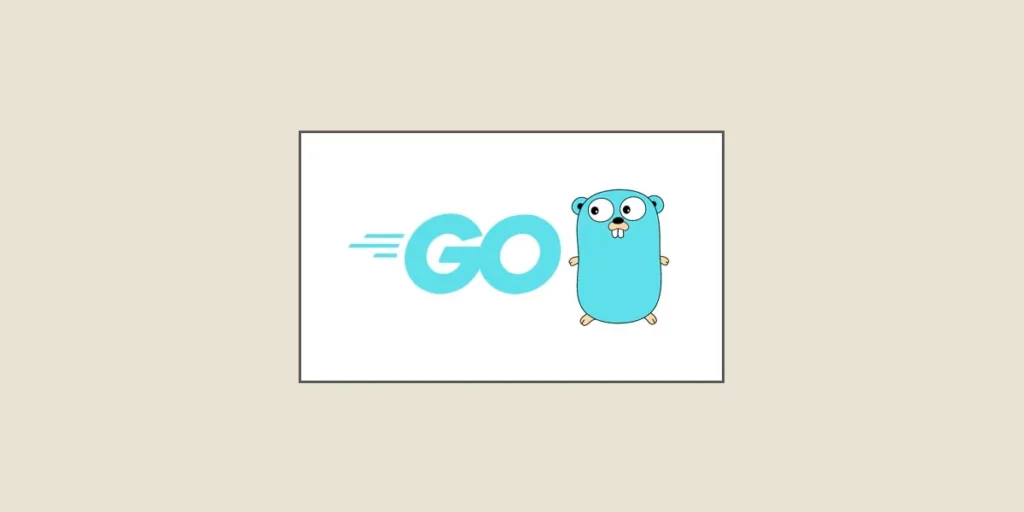Programming is constantly evolving, and the field regularly sees the emergence of new languages. By offering optimized features, the Go language, often referred to as “Golang,” is highly appealing to developers.
The GO language originated in 2007 within Google, in an innovative way. The Californian giant was facing significant development challenges but encountered a problem: none of the existing programming languages truly suited their in-house issues in terms of performance, productivity, and ease of maintenance.
Three in-house engineers, Ken Thompson, Rob Pike, and Robert Griesemer reserved a room to discuss these issues, and from their discussions, it became evident that the ideal solution was to develop a new language inspired by C. They wanted it to be easy to use, execute efficiently, compile extremely fast, and be suitable for multi-core systems, cloud computing requirements, and big data considerations.
Two years of development ensued. Go was finally announced in November 2009, with its first stable release being made available online in March 2012. Google opted to make it an open-source project, enabling the developer community to contribute to its continuous improvement.
The Principles of Go
The reason why Go has managed to stand out comes from its designers setting several key principles.

Simplicity
Go is a language that is easy to approach. Its concise and clear syntax makes writing and maintaining code easier. Its designers ensured a limited number of keywords and defined uniform formatting rules. The official documentation is high quality, making the language easy to learn. Developers can thus focus on problem-solving rather than dealing with the complexities of the Go language itself.
Fast Execution
Compilation is almost instantaneous, and the Go compiler produces a fast executable suitable for high-performance applications. Another advantage is that Go compilation produces a single file that integrates the entire application and can be used as is. Deployment processes are therefore simplified.
Concurrency
Native support for multitasking facilitates the development of programs that execute multiple tasks in parallel on multi-core processors.
Automatic Memory Management
Go manages a “garbage collector” (automatic removal of unnecessary elements) that simplifies memory optimization.
Portability
A program written in Go can be compiled and run across various environments without requiring modifications to the source code.
An Open Source Ecosystem
The open-source nature of Go has led to the emergence of a wide array of libraries and frameworks (reusable software components) such as Gin, Echo, and Revel for web development, and gRPC, a technology enabling different applications to communicate with each other. In the data science domain, tools like Gonum for numerical computing or Gorgonia for deep learning have emerged.
What Uses for the Go Language?
Go has established itself in numerous fields.
Web Backend Development
Increasingly, companies such as Uber and SoundCloud rely on Go to build their backend systems. Go excels at creating microservices, architectures that are becoming increasingly popular for their flexibility and scalability.
Infrastructure
Go is omnipresent in the DevOps landscape. Tools like Terraform, Prometheus, and Docker Swarm, all developed using Go, have become benchmarks in their respective domains.

Data Science
Although not as well-known as Python in this area, Go has gained ground thanks to libraries like Gonum and Gorgonia.
Containers
The Go language is frequently employed in Docker container development, a technology that encapsulates an application with everything it contains (code, libraries, dependencies, etc.) in a container, notably with the Kubernetes tool designed to manage and automate the deployment of containers.
The Popularity of Go
The adoption of Go by developers has been consistent. Many events are regularly organized around the world, fostering expertise exchange and feedback in the field. A StackOverflow survey revealed that Go was among the top 3 most sought-after languages by developers. In March 2023, it ranked in the top 10 of the Tiobe index of programming language popularity. “The support of Google aids in boosting long-term confidence in the language,” Tiobe estimated.










